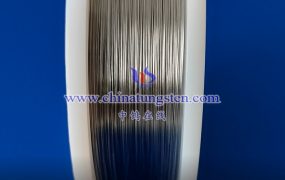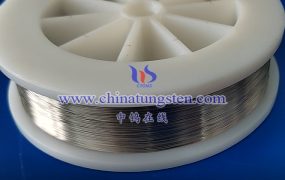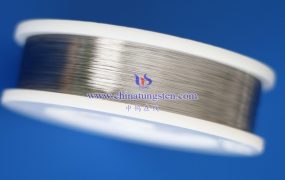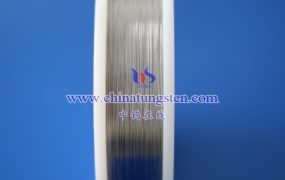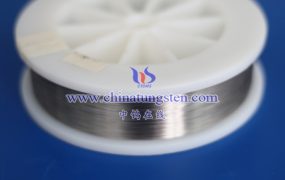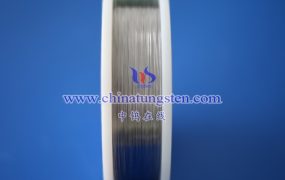Black tungsten wire exhibits excellent thermal fatigue performance due to its high melting point, robust atomic structure, and low thermal expansion coefficient, making it suitable for high-temperature cyclic environments. However, its performance may be influenced by surface defects, stress levels, and environmental conditions. In practical applications, a vacuum or inert gas environment can further enhance its thermal fatigue lifespan.
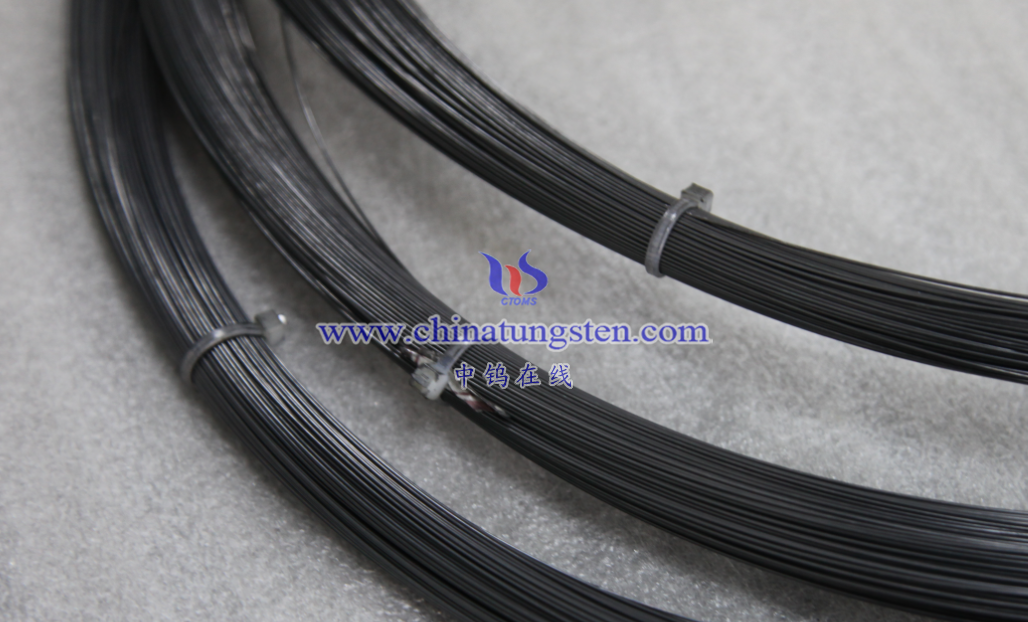
- High Melting Point and Thermal Stability: Tungsten has one of the highest melting points among metals (approximately 3422°C), allowing black tungsten wire to maintain structural stability at high temperatures. Even at temperatures above 3000°C (e.g., in incandescent lamp environments), it resists melting or significant deformation, providing a foundation for its thermal fatigue resistance.
- Atomic Structure and Thermal Fatigue Resistance: Tungsten’s crystal lattice forms strong covalent bonds, endowing it with high strength and toughness. The tight bonding between tungsten’s outer electrons and its nucleus enhances resistance to atomic displacement under heat, reducing the accumulation of microscopic defects caused by thermal stress and thereby improving thermal fatigue life.
- Thermal Fatigue Mechanism: Thermal fatigue refers to the degradation and eventual failure of a material under cyclic thermal stress. Black tungsten wire demonstrates good durability in high-cycle thermal fatigue (e.g., repeated on-off cycles in incandescent lamps) due to its high hardness and low thermal expansion coefficient (approximately 4.5×10⁻⁶/°C), which minimizes plastic deformation and crack propagation caused by thermal stress.
Influencing Factors:
- Stress Level and Cycle Count: Thermal fatigue life is closely tied to the magnitude of thermal stress and the number of cycles. In low-stress, high-cycle conditions, black tungsten wire has a longer lifespan, but under extreme high stress or ultra-high cycle conditions, microcracks may gradually accumulate.
- Surface Condition: The unpolished surface of black tungsten wire may contain minor defects, which can serve as initiation points for cracks during thermal cycling, slightly reducing its thermal fatigue performance. In contrast, polished tungsten wire may perform better.
- Environmental Factors: In a vacuum or inert gas environment (e.g., filament applications), black tungsten wire’s oxidation resistance enhances its thermal fatigue performance. In oxygen-containing environments, high temperatures may trigger oxidation, negatively impacting lifespan.
Performance in Applications: Black tungsten wire is widely used in incandescent lamps, electron tubes, and high-temperature furnaces, where its thermal fatigue performance is sufficient to withstand frequent thermal cycling.
More details of tungsten wire, please visit website: http://www.tungsten-wire.com.cn/
Please contact CHINATUNGSTEN for inquiry and order of tungsten wire:
Email: sales@chinatungsten.com
Tel.: +86 592 5129595
